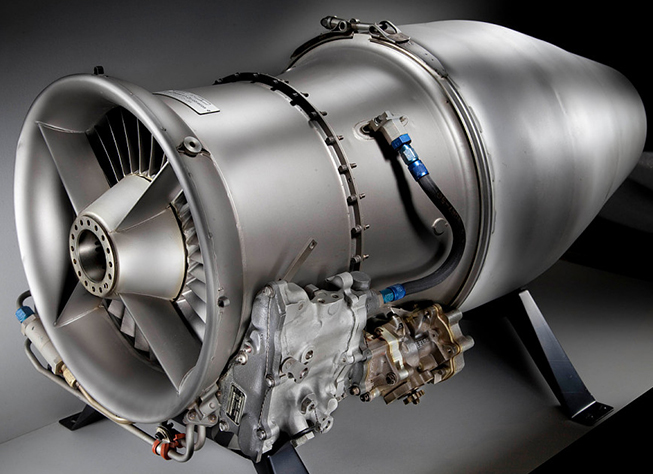Building on the momentum of jet engine research prior to ARPA’s creation, the Agency joined with the U.S. Army in 1965 on the Individual Mobility System (IMS) project (1965-1969) with the goal of extending the range and endurance of the Bell Rocket Belt developed for the Army in the 1950s. With DARPA funding, Bell replaced the vertical lift rocket system with a compact, highly efficient turbofan engine that Williams Research Corporation was developing.
The DARPA project helped bring the WR-19 turbofan engine into full development. It also brought it to the attention of the U.S. Air Force, for which the engine demonstrated excellent horizontal flight characteristics. The engine was adapted for use in the new Air Force cruise missile program. The U.S. Navy also became interested in the Williams Research engines as it adapted cruise missiles for maritime applications.
By the 1990s, improved versions of the Williams engine would power all the air, surface, and subsurface launched cruise missiles in the Navy and Air Force inventories. Later incarnation of these propulsion technology developments would power the AGM-86B air-launched cruise missiles and Navy Tomahawk cruise missiles in Desert Storm in 1991 and in subsequent conflicts.
